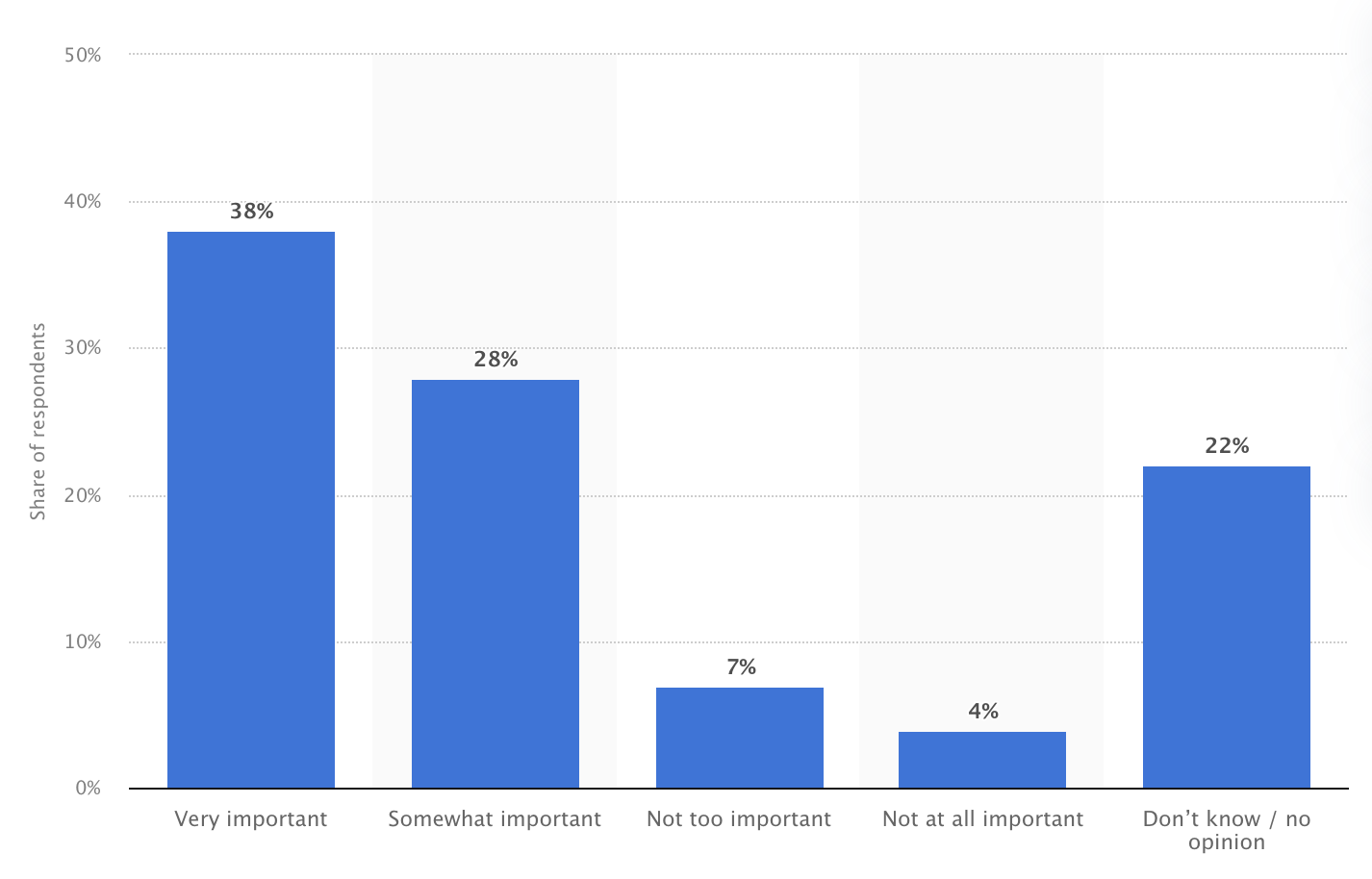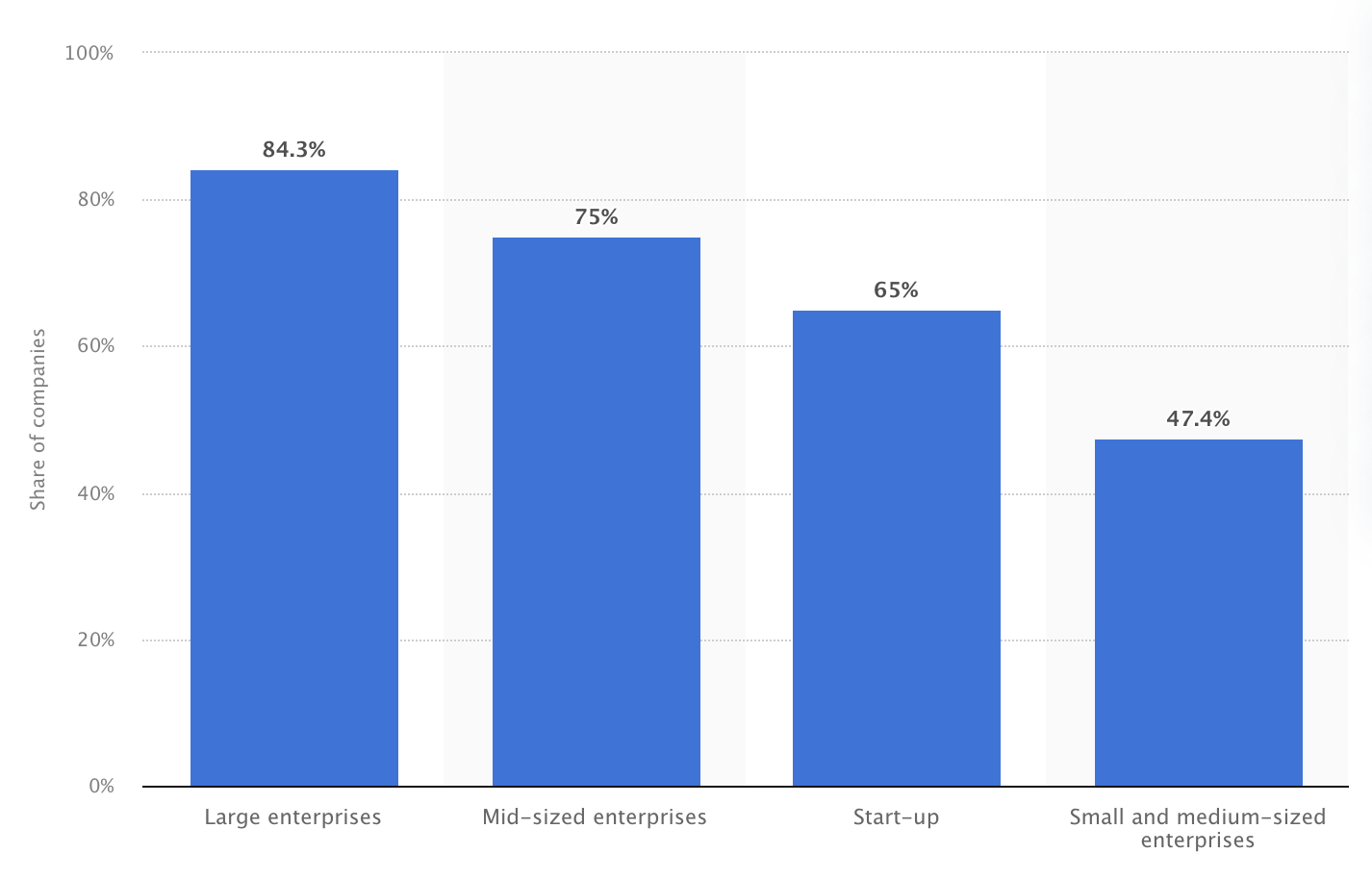The crypto industry, buzzing with promise and innovation, sits at a critical juncture. Many compare the current scenario to the tech sector just before the iPhone’s introduction.
Indeed, the market is filled with possibilities but lacking a game-changing breakthrough.
Crypto UX Challenge: Bridging Sophistication and Seamlessness
When Brian Armstrong, the CEO of Coinbase, recently highlighted the inadequacies in the user experience of his crypto exchange’s app, it mirrored the larger issues of the industry.
SponsoredDrawing attention to problems with the user experience for non-fungible tokens, decentralized apps, and Layer-2s, Armstrong alluded to a common concern – the market is sophisticated but not seamless for the everyday user.
“One thing Onchain Summer is exposing is just how broken our UX is in the main Coinbase app… Sorry to say, but true,” Armstrong said.
This sentiment resonates with the broader challenge of creating a seamless UI/UX in the crypto industry. But why is this such a tall order?
Read more: Web3 Gaming Sucks: The Struggle With User Experience

An X, formerly known as Twitter, user under the pseudonym 0xDesigner, pointed out the underlying difference between Web2 and Web3.
Web3’s permanence, he suggests, means that actions on the blockchain are irreversible, which means greater cognitive effort is required from users. Drawing a parallel, he compares Web2 to driving an automatic car, while Web3 feels more like maneuvering a stick shift.
Sponsored Sponsored“Over the last few years, the tolerance for difficult-to-use apps is asymmetrically high because there has been a financial incentive for users to overcome it. Most products and protocols have competed on incentives, not usability,” 0xDesigner affirmed.
Indeed, crypto’s underlying technology is revolutionary but lacks an interface catering to today’s digital users. 0xDesigner believes the next adoption wave will be propelled by consumer applications where crypto operates behind the scenes.
Read more: Top 11 Companies Building in the Metaverse in 2023
The goal should be for users to be unaware they are interacting with crypto unless they delve deeper into the platforms.
“The next cycle will require infrastructure that makes the crypto part feel invisible. And we are basically there: Web2 logins that spin up wallets in the background simple on and off-ramps,” 0xDesigner added.
From Trading Platforms to Daily Utility: The Crypto Evolution
Likewise, Sean Rach, co-founder of the Web3 banking platform hi, maintains that the crypto industry is akin to the pre-iPhone tech era – all buzz without the ground-breaking utility. The iPhone unified the iPod, phone, and internet into one simple multi-touch screen device.
SponsoredIn an exclusive interview with BeInCrypto, Rach said that the cryptocurrency market awaits a similar leap.
“We need that kind of breakthrough in crypto. Right now, even though the hype around things like DeFi and NFTs is huge, for many it is still about trading, not everyday utility for the everyman. What is clear to me is that true success lies in creating genuine value for the average, non-tech person,” Rach affirmed.
Melding cryptocurrencies, DeFi, and NFTs seamlessly into the lives of everyday users is indeed the challenge.
Read more: Study Reveals Web3’s Biggest Challenge

Rach emphasized that the core issue with crypto’s UI/UX is not necessarily about extensively teaching users the intricacies of the technology. Instead, it is about improving it to naturally align with user expectations, making in-depth “education” unnecessary.
Sponsored Sponsored“The mass audience should not be expected to grapple with terms like ‘gas fees,’ ‘DeFi,’ ‘staking,’ or ‘yield farming’ without clear, intuitive guidance. We are confident that with intuitive design, easy-to-understand educational resources, and an efficient bridge between traditional and digital finance, crypto can be demystified and adopted widely,” Rach added.
Still, the roadblocks are evident. Complexity, trust, and integration stand as three primary hurdles. The solution is to marry intuitive design with security, transparency, and seamless integration into users’ digital behaviors.
“The ‘dream’ user experience, in my perspective, is one where the benefits of Web3 are obvious and yet invisible. It is a world where interacting with decentralized systems feels no different from any other digital interaction, and where secure, private financial transactions are possible with a few clicks,” Rach said.
The future, as envisioned by industry experts, paints a hopeful picture. Over the next five years, UI/UX for Web3 platforms will evolve, becoming more integrated and user-friendly. Blockchain interactions could become as intuitive as sending an email today.
Read more: Web2 vs. Web3: What’s the Difference?
Design will be pivotal in this context, making learning enjoyable and presenting intricate information comprehensibly. The essence lies in simplicity, intuitiveness, and seamless integration into users’ daily lives.
Only then will the transformative power of crypto truly shine through, ushering in a new digital age.

